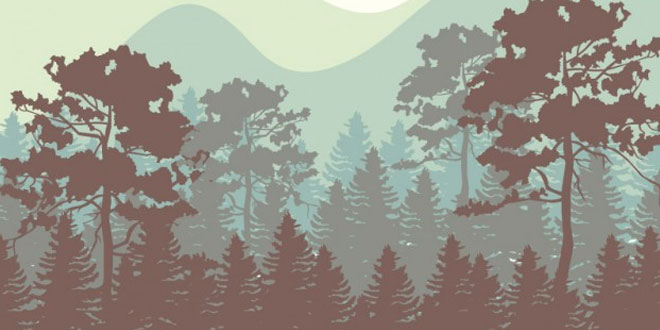Question: Explain the impact of various forest laws and policies which were adopted by the colonial rulers over the colonial people.
or
Question: How did the Forest Acts affect the lives of foresters and villagers ?
Answer:
- Various restrictions : The Forest Act meant severe hardship for villagers j across the country. After the Act, all their forest activities like cutting wood for their houses, grazing their cattle, collecting fruits and roots, hunting and fishing became illegal.
- Impact on cultivators : Shifting cultivation was the most common j cultivation practised by the people. But this was banned because European foresters regarded this harmful for the forests.
- Displacement of the people: To protect the forests, the Europeans started displacing villagers without any notice or compensation.
- Various taxes : The Europeans started imposing heavy taxes on the forest people.
- Loss of livelihood: The Europeans started giving large European trading firms, the sole right to trade in the f forest. Grazing and hunting by local people were restricted. In the process, many pastoralists and nomadic communities lost their livelihood.
Question: Explain the rebellion of Bastar people against the British.
Answer: (a) Reasons for rebellion:
- In 1905, the British Government proposed to reserve two-thirds of the forests
- To ban shifting cultivation
- To ban hunting, and collection of forest produce. All these steps forced the locals to revolt against the British
(b) Course of rebellion:
- People began to discuss all these issues in their village councils, in bazaars, markets and at festivals. The initiative was taken by the Dhurwas of the Kanger forest, where reservation first took place.
- In 1910, mango boughs, a lump of earth, chillies and arrows, began – circulating between villages. These were actually messages inviting villagers to rebel against the British. Every village contributed something to the rebellion expenses.
- Bazaars were looted, the houses of officials and traders, schools and police stations were burnt and robbed, and grain redistributed. Most of those, who were attacked were in some way associated with the colonial state, and its oppressive laws.
(c) Leaders: Although there was no single leader, many people speak of Gunda Dhur, from village Nethanar, as an important figure in the movement.
(d) Suppression of the revolt: The British sent troops to suppress the rebellion. The Adivasi leaders tried to negotiate, but the British surrounded their camps, and fired upon them. After that, they marched through the villages flogging and punishing those who had taken part in the rebellion. Most villages were deserted as people fled into the jungle forests. It took three months (February-May) for the British to regain control. However, they never managed to capture Gunda Dhur.
(e) Consequences of the rebellion: In a major victory for the rebels, work on reservation was temporarily
suspended, and the area to be reserved was reduced to roughly half of that planned before 1910. The revolt also inspired the other tribal people to rebel against the unjust policies of the British Government.
 Class Notes NCERT Solutions for CBSE Students
Class Notes NCERT Solutions for CBSE Students





I want – what is forest!
This is good!